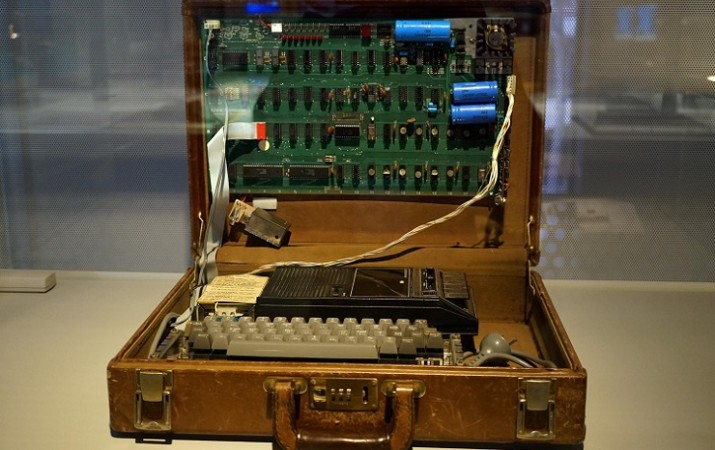
On June 29, 1975, Steve Wozniak, a brilliant engineer and co-founder of Apple Inc., successfully tested his first prototype of the Apple I computer. This milestone marked the birth of a technology giant that would revolutionize the personal computing industry. The Apple I computer laid the foundation for the future of computing and set the stage for the remarkable journey of Apple Inc. Let's delve into the story of this historic event and its impact on the world of technology.
Steve Wozniak, often referred to as "Woz," possessed an exceptional talent for engineering and an insatiable curiosity for technology. While working at Hewlett-Packard, he designed and developed computers as a hobby. Wozniak dreamed of creating a computer that would be accessible to ordinary individuals, empowering them with the capabilities of computing and programming.
The Birth of the Apple I Prototype - In 1975, Steve Wozniak was introduced to the Homebrew Computer Club, a group of computer enthusiasts in Silicon Valley. It was within this community that Wozniak found the support and inspiration to transform his vision into reality. Encouraged by his friends, including Steve Jobs, Wozniak began building his own computer prototype.
With his exceptional engineering skills, Wozniak aimed to design a machine that would be both affordable and easy to use. He focused on integrating a microprocessor, memory, and a keyboard into a single compact unit. After months of tireless effort, Wozniak completed the first prototype of the Apple I computer.
On June 29, 1975, in the quiet confines of Wozniak's garage, the moment of truth arrived. Wozniak nervously powered up the Apple I computer, eagerly awaiting the outcome of his creation. To his immense relief and delight, the prototype successfully booted up and displayed its basic functionality. It was a monumental achievement, representing the birth of a new era in computing.
Features and Significance of the Apple I- The Apple I computer boasted several impressive features for its time. It featured a microprocessor, the MOS Technology 6502, which had a clock speed of 1 MHz. It had a generous 8KB of memory (expandable to 48KB) and could be connected to a television monitor or cassette tape deck. The Apple I utilized a keyboard for input, making it one of the earliest computers to have such a feature.
Although it lacked a casing, power supply, and a monitor, the Apple I was a breakthrough in the personal computer market. Its simplicity and accessibility appealed to early computer enthusiasts, hobbyists, and even some small businesses. Wozniak and Jobs saw the potential of their creation and recognized that it could be the foundation for a successful company.
While the Apple I computer was not a commercial success on a large scale, it played a pivotal role in shaping the future of personal computing. It laid the groundwork for subsequent models, including the highly successful Apple II. The Apple I showcased Wozniak's engineering brilliance and entrepreneurial spirit, setting Apple Inc. on a trajectory towards becoming one of the world's most valuable and influential companies.
The Apple I's significance extends beyond its immediate impact on the technology landscape. It symbolizes the beginning of a revolution that would redefine how people interact with computers, paving the way for a multitude of innovations and advancements. Today, Apple Inc. is renowned for its iconic products, such as the Macintosh, iPhone, and iPad, all of which owe their existence.